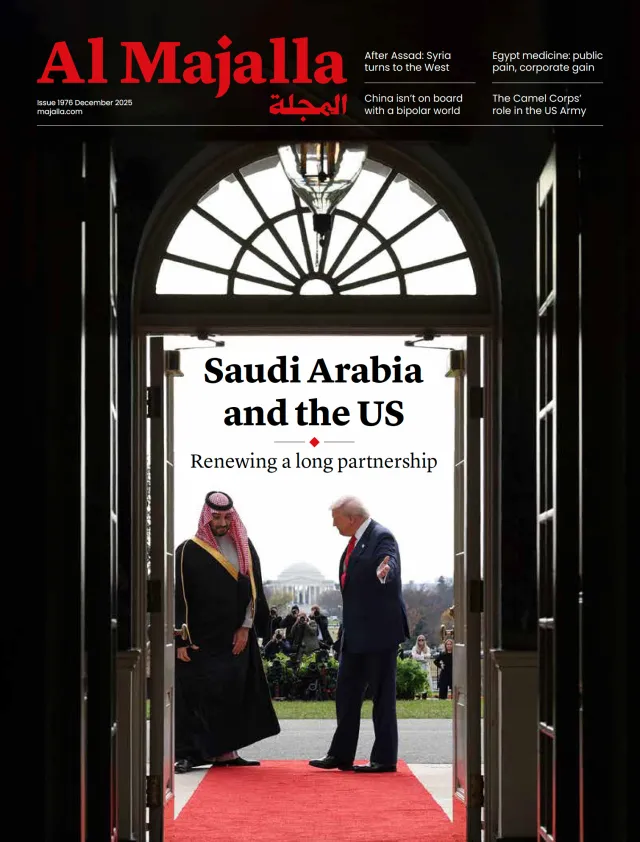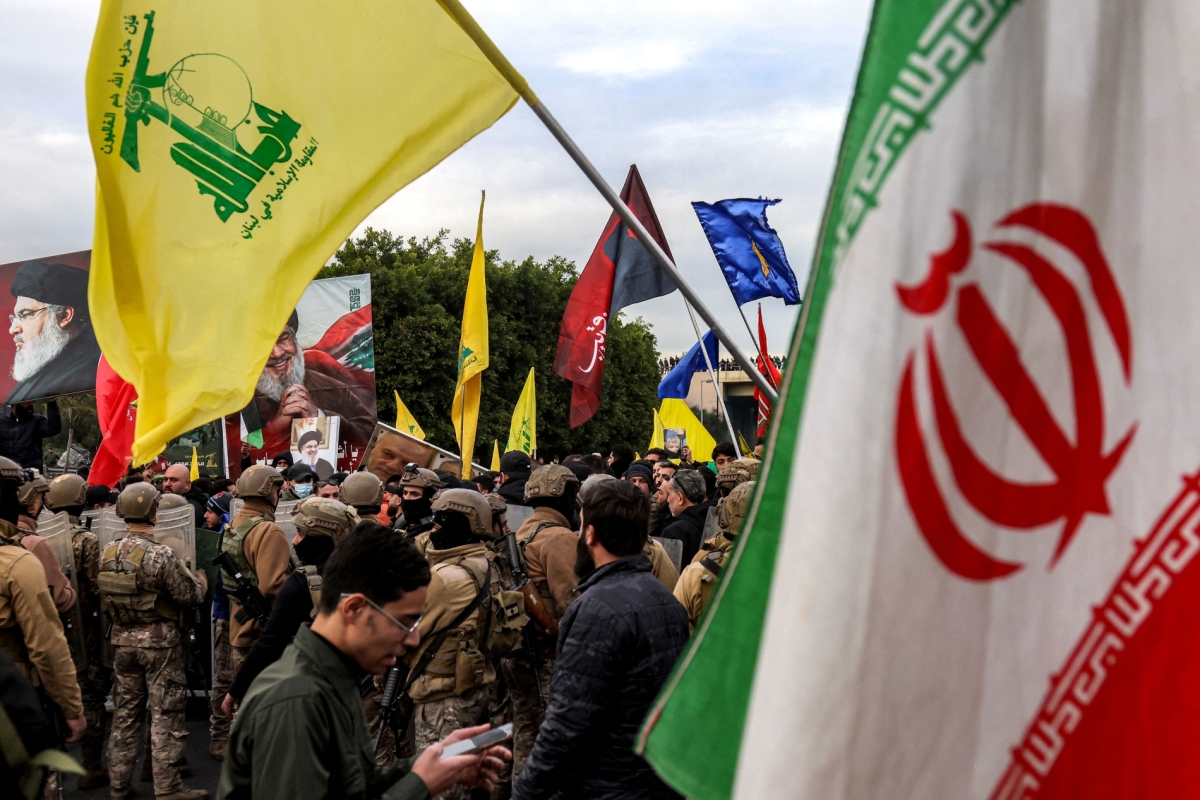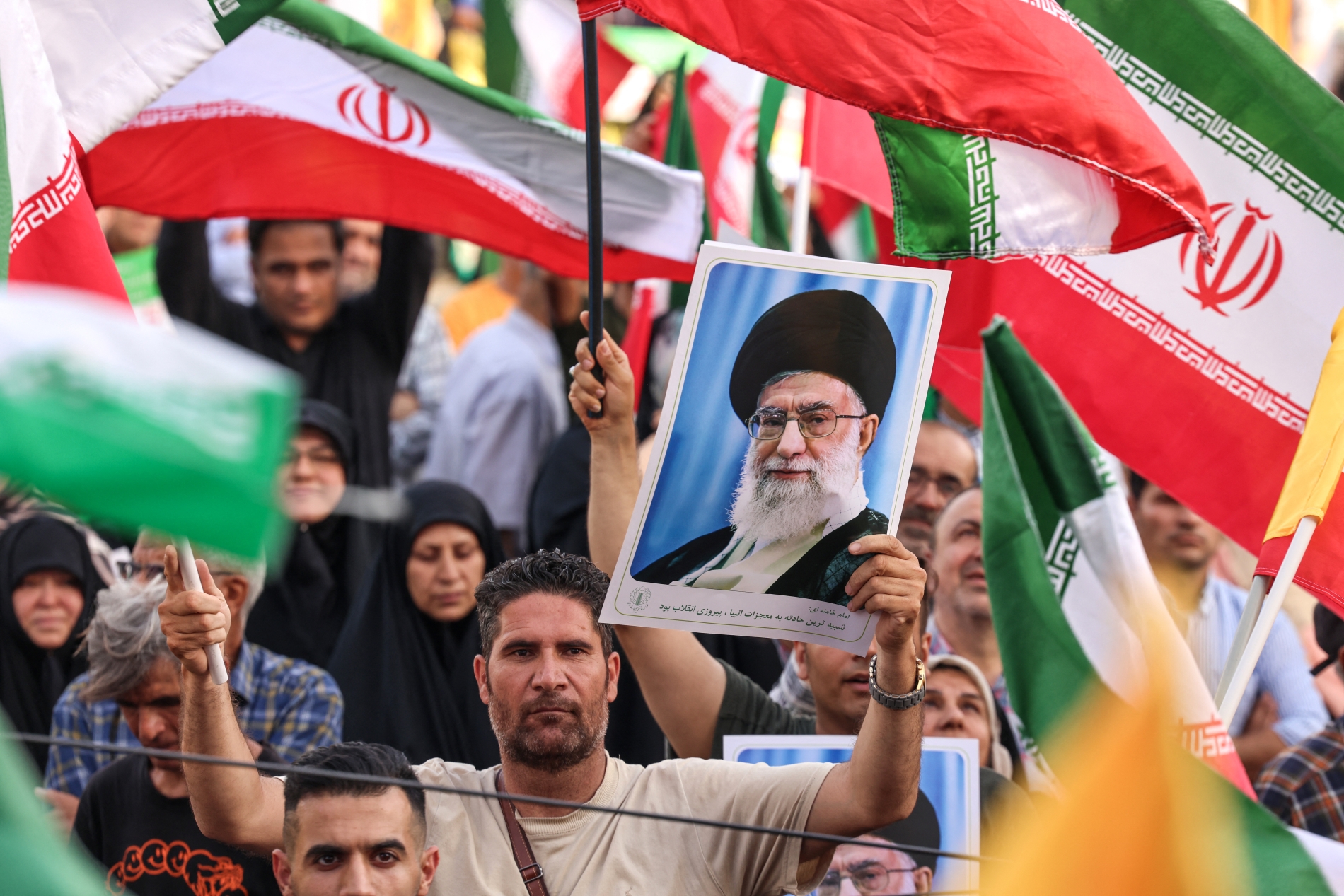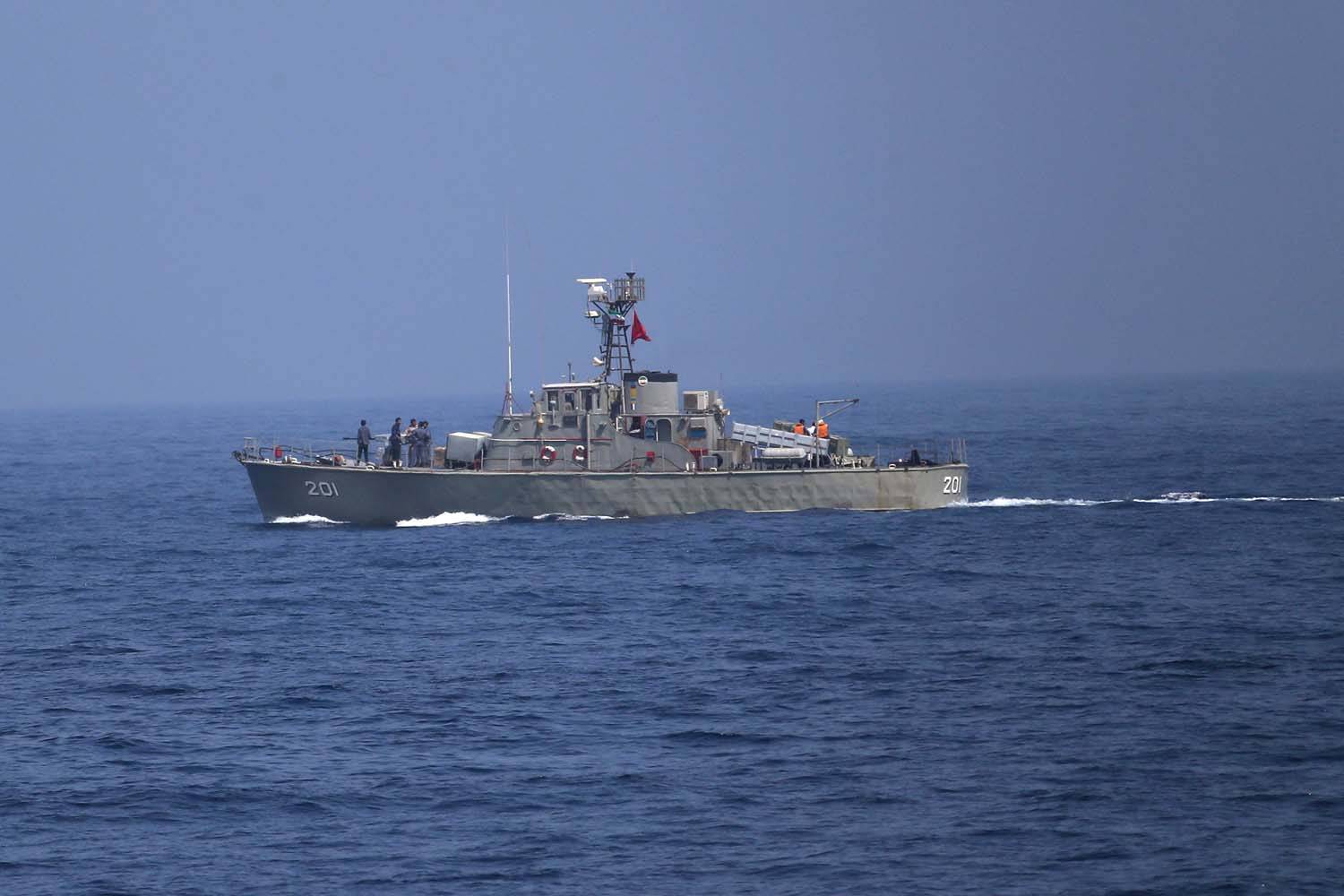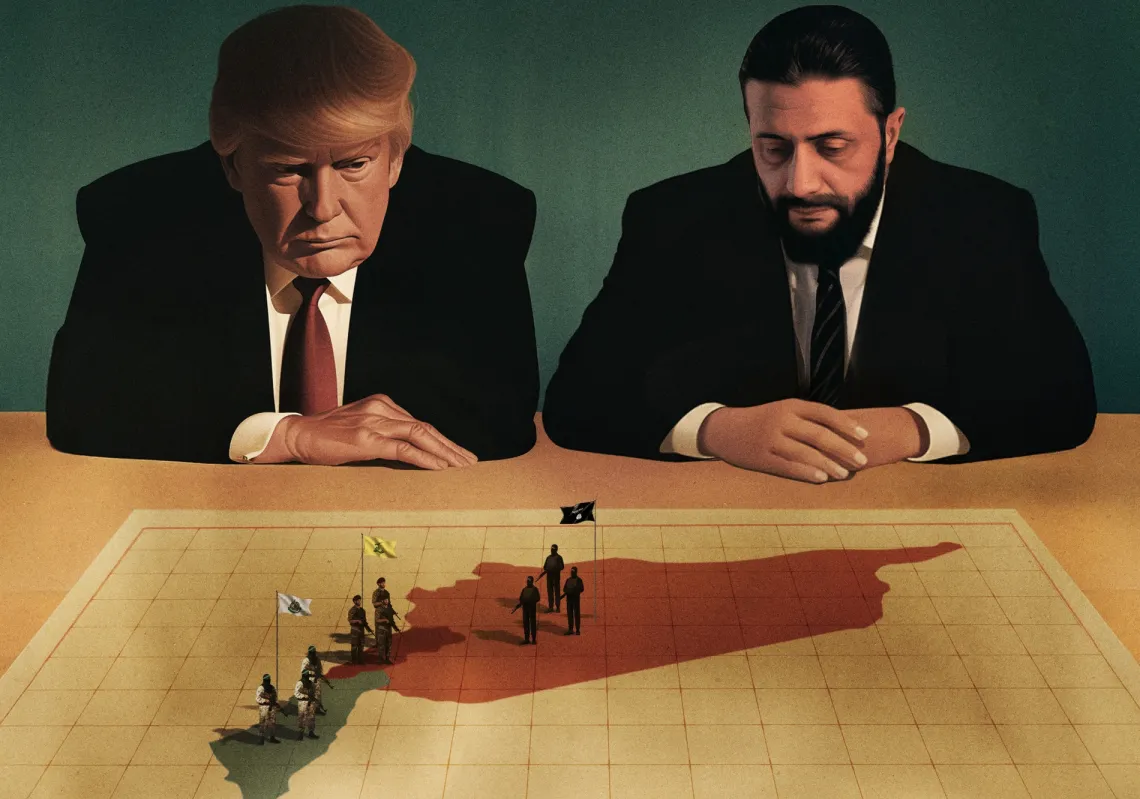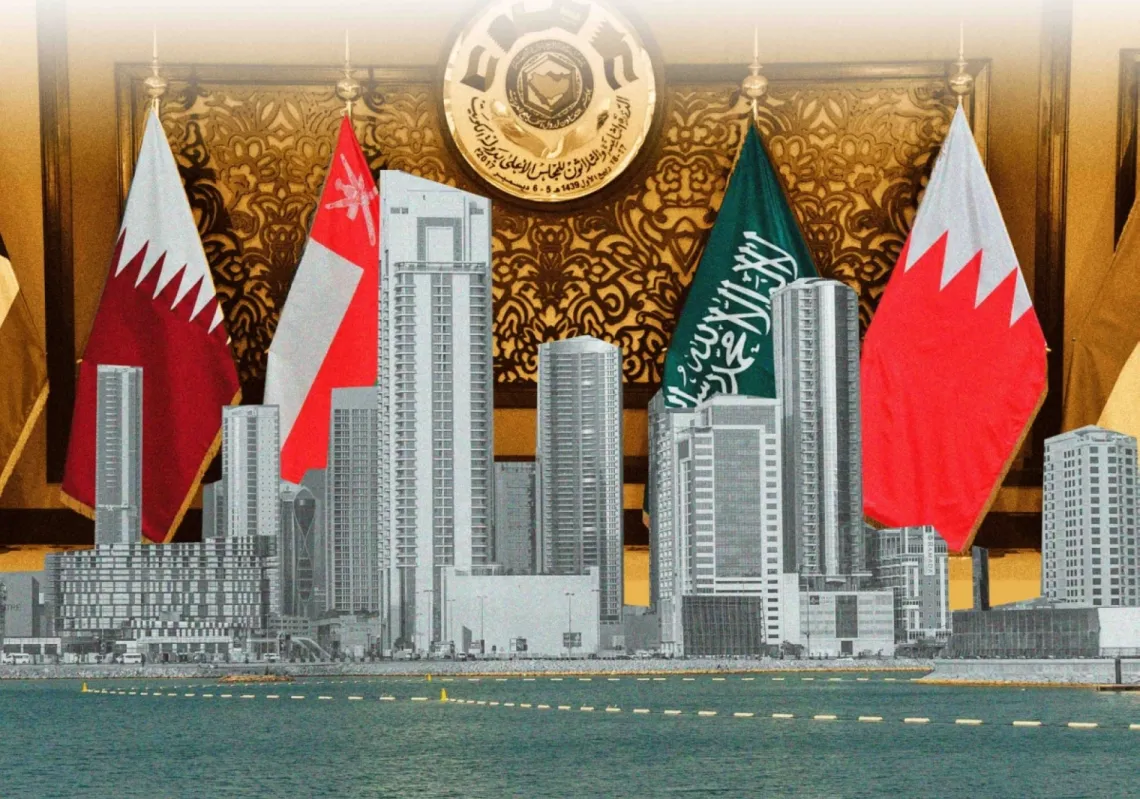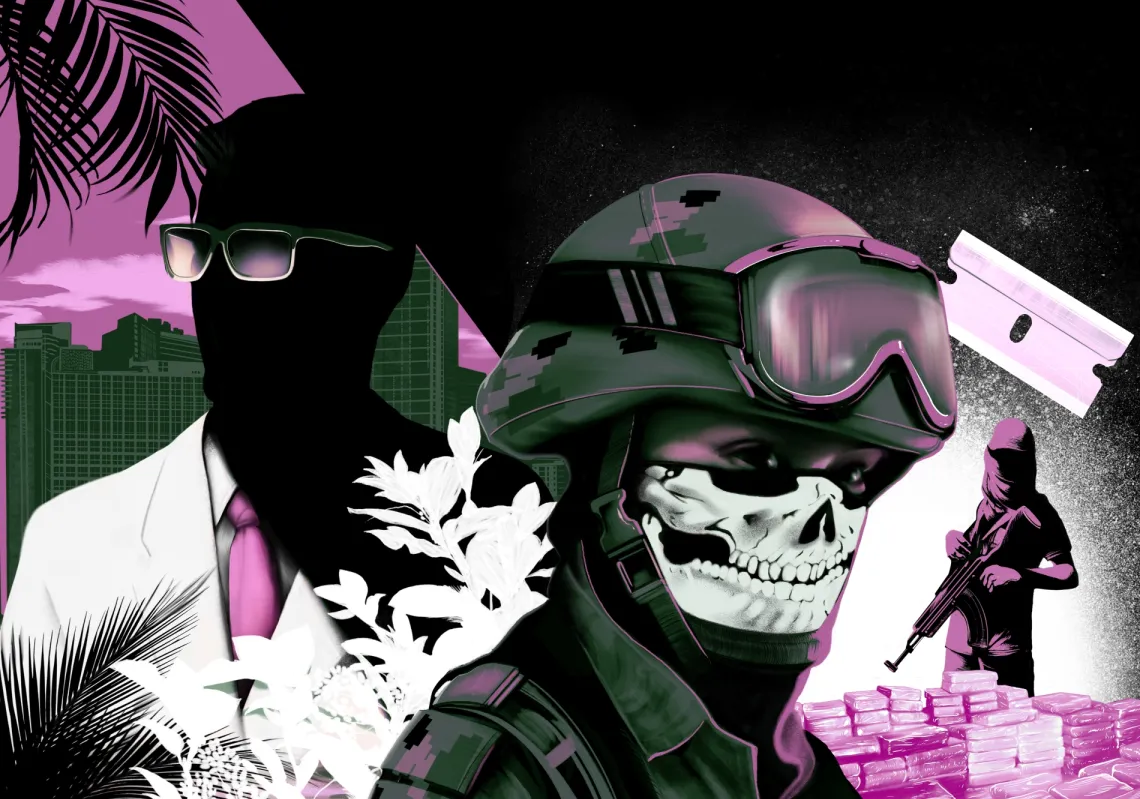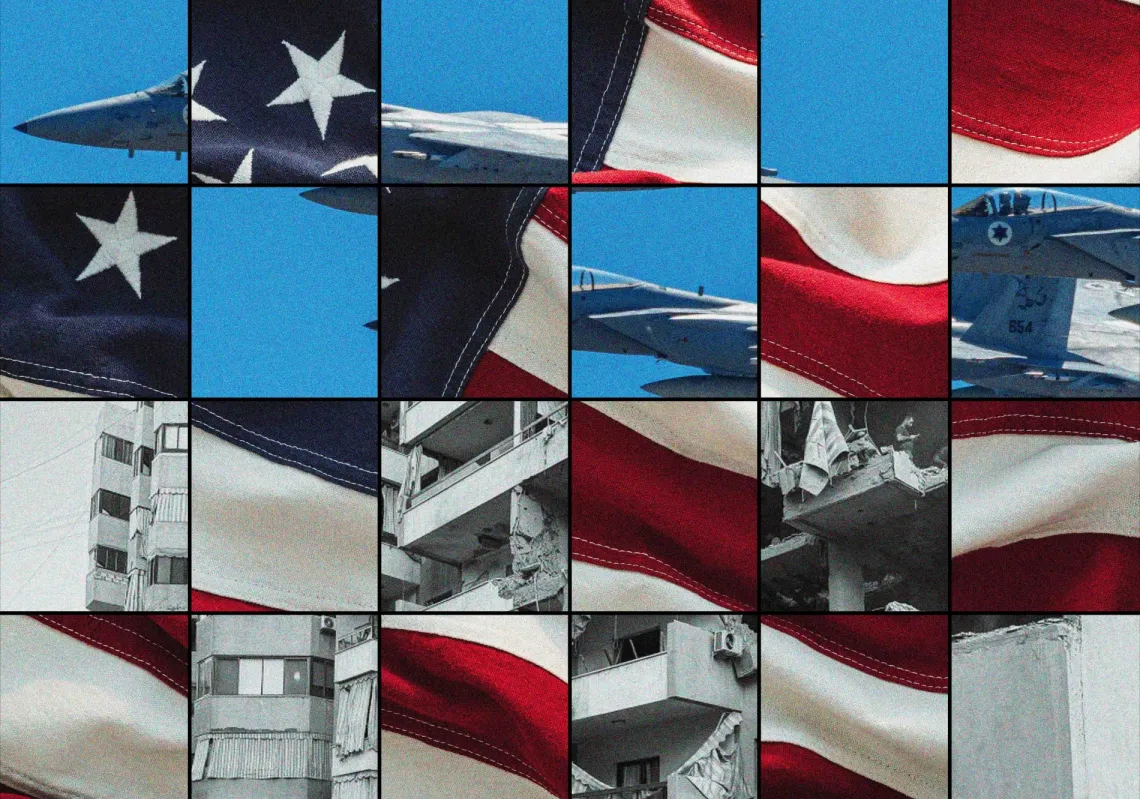The Middle East is in a state of suspended animation, neither plunged into total war nor buoyed by enduring peace. Within this uneasy equilibrium, all await the next moves by the protagonists—the United States, Israel, and Iran—as the dust settles on the 12-Day War of June 2025, in which they all took part. Also waiting are Syria and Lebanon, where Iran’s fading footprint could presage a more viable future.
What makes the current period especially dangerous is the collision of Israel’s and Iran’s 'forward defence' strategies, each rooted in the belief that projecting power beyond their borders is essential to securing the homeland. The success or otherwise of these strategies is critical not only for the future of Israel and Iran, but also for the trajectory of the broader Middle East.
For decades, the region had been sustained by a fragile (and often false) sense of stability. Prior to the 7 October 2023 attacks on Israel by Hamas, Iran and Israel shared an interest in avoiding direct conflict, which lent a modicum of stability to the region. But equally, neither was interested in diplomacy and peace-making, as exemplified by Iran’s eliminationist rhetoric aimed at Israel, and by Israel’s resistance to any American diplomatic initiative with Iran, whether that be through Donald Trump or Barack Obama.
Asymmetric deterrence
This ‘no war, no peace’ reality between Iran and Israel was supported by two very different foreign policy models prior to 7 October 2023. Iran’s forward defence model was designed to defend the homeland by projecting power into the broader region through a dynamic network of militias, like Hamas, Hezbollah, the Hashd al-Shabi in Iraq, and the Houthis in Yemen. Over time, as more of the region fell into civil war, Iran’s defensive strategy morphed into offensive policies, juxtaposed against Israel’s 40-year-old foreign policy model of deterrence based on a qualitative military advantage.
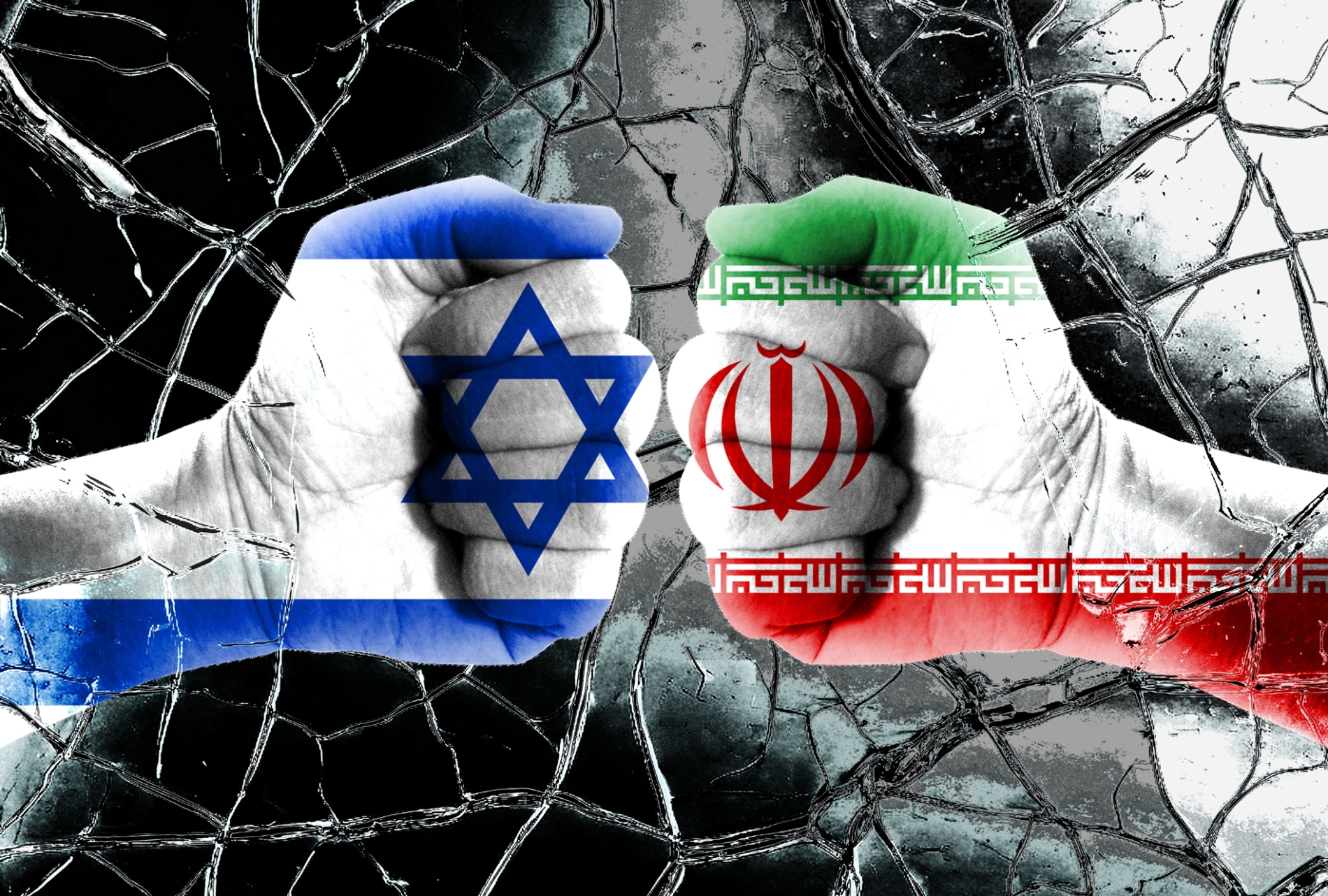
Prior to 7 October, there was an asymmetric edifice of deterrence, consisting of a mosaic of strategic calculations. Israel’s own version of ‘forward defence’ was in evidence as far back as 1956 in the Suez War against Egypt, then again in wars in 1967 and 1982. With its borders more secure after the peace treaty with Egypt, Israel relied more on conventional deterrence.
Iranian strategic thinkers, by contrast, having internalised the trauma of the 1980-88 Iran-Iraq War, developed the doctrine of forward defence. To avoid fighting wars on its own territory, it would cultivate strategic depth abroad using a network of militias. Iran’s Quds Force, led by General Qassem Soleimani (killed by the US in 2020), wove Iran into the political, military, social and religious fabric of Syria, Iraq, and Lebanon. In contrast to Israel’s more static model, Iran’s was dynamic and changing, incorporating both defensive and offensive goals.

